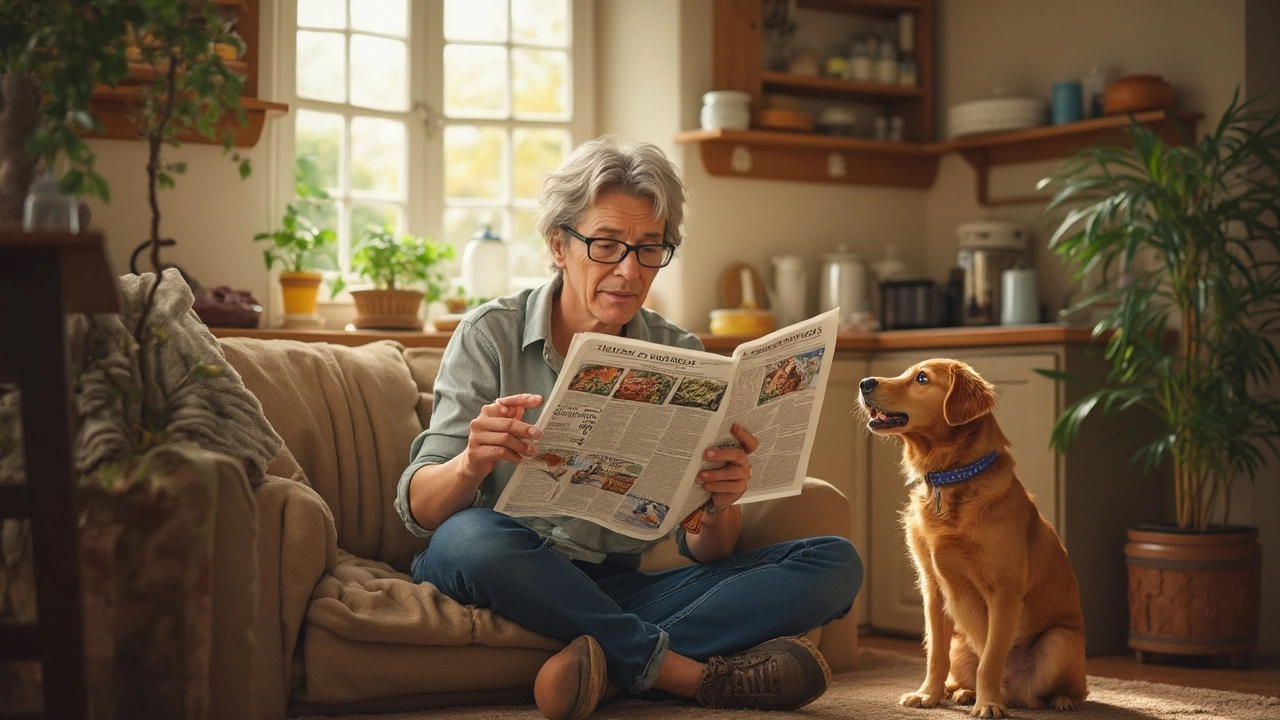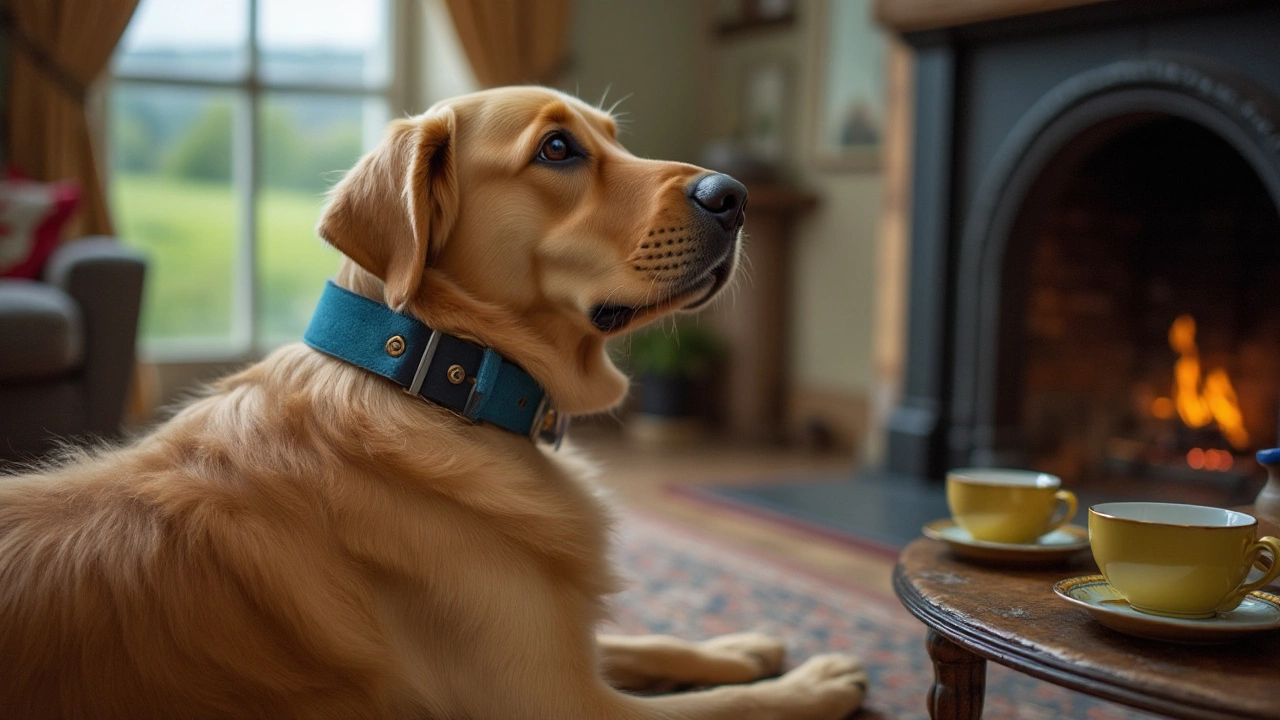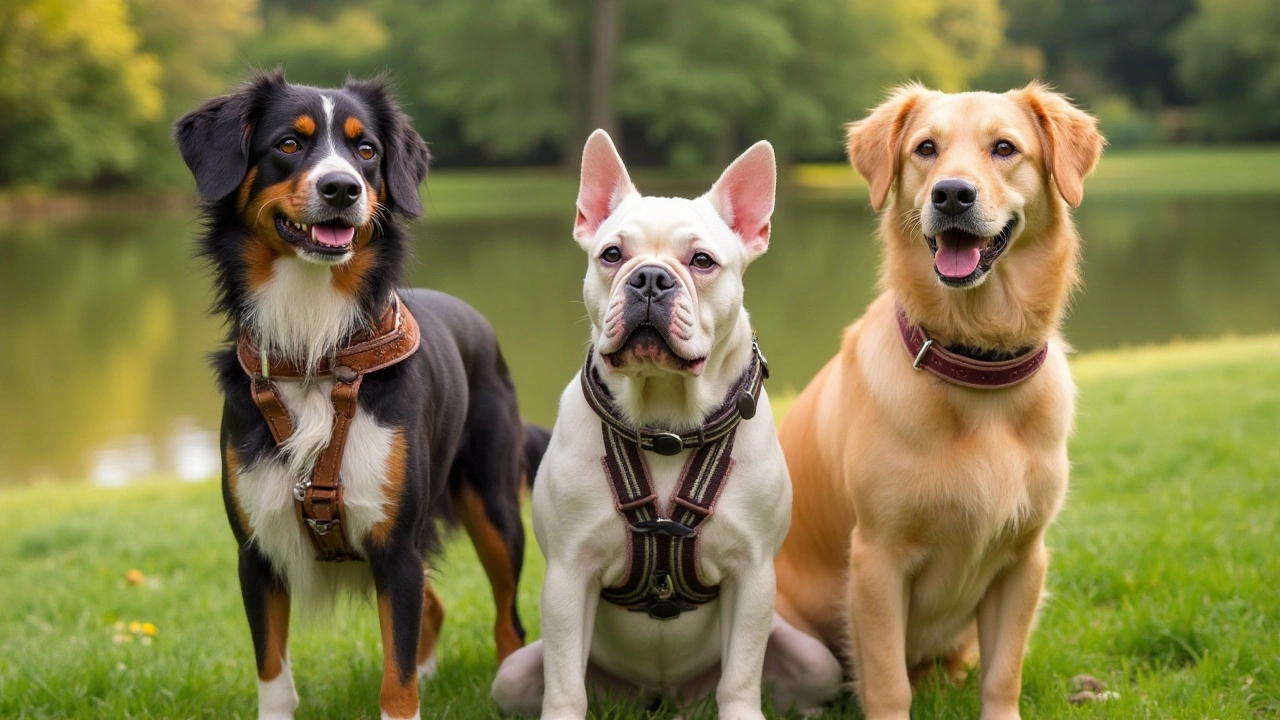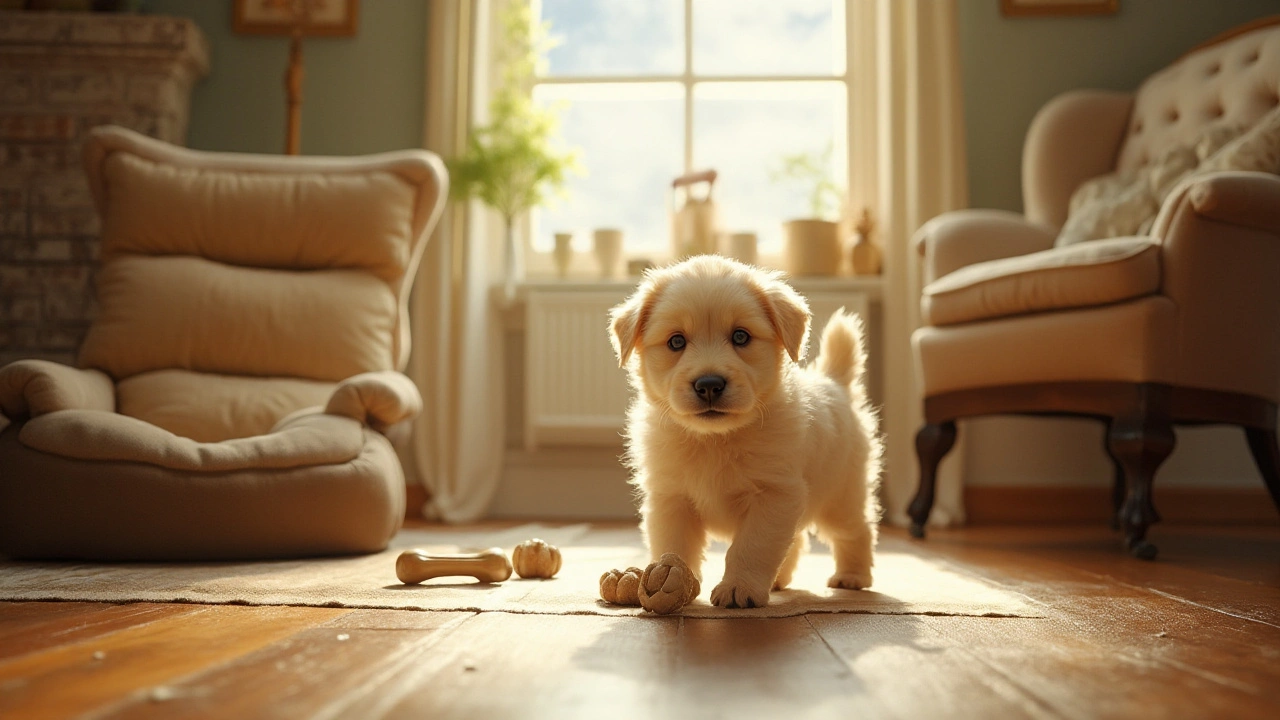Pet Safety: Simple Tips to Keep Your Dogs and Cats Out of Harm’s Way
Whether you’re loading a carrier for a flight or just letting your pup roam the backyard, safety should be the first thing on your mind. Below you’ll find down‑to‑earth advice you can use today to protect your four‑legged friends.
Travel Safety for Pets
Flying with a dog? Start by checking the airline’s pet policy and choosing a TSA‑approved carrier that fits snugly yet allows your pet to stand, turn, and lie down. Place a familiar blanket inside to lower stress, and label the carrier with your contact info and a note that says “Live Animal.”
Before the trip, avoid feeding a full meal a few hours prior—light snacks keep nausea at bay. Offer water right up to the gate, then give a small sip before boarding. For longer journeys, a short walk to burn off energy can calm jittery nerves.
If you’re driving, keep the pet in a secured crate or a pet‑seat belt harness. Never let a dog ride with its head out the window; the wind can damage eyes and ears, and sudden stops can cause injury. Pack a travel kit with poop bags, a collapsible water bowl, a few treats, and any medication your vet prescribed.
Home Safety Essentials
Inside the house, the biggest risks are often hidden. Store cleaning products, pesticides, and even human medications on high shelves or in locked cabinets. A few drops of essential oil or the scent of bitter apple spray can keep curious dogs from chewing cords or plants.
Check your garden for toxic plants like azaleas, oleander, or lilies (dangerous for cats). If you have a pond or pool, install a fence or a cover, and never leave a pet unattended near water. Simple steps like securing trash bins prevent accidental ingestion of harmful items.
When it comes to toys, pick ones that are the right size—too small can be a choking hazard. Rotate toys often to keep your pet interested, and regularly inspect them for cracks or loose pieces.
Finally, keep up with vaccinations and regular vet check‑ups. A healthy pet is better equipped to handle minor accidents, and your vet can spot early signs of trouble before they become emergencies.
Pet safety is an ongoing habit, not a one‑time checklist. By staying aware of travel rules, household hazards, and basic health care, you’ll give your dog or cat the best chance to enjoy a long, happy life. Got a safety question? Drop a comment below and we’ll help you out.
2024 Dog Food Recalls: What You Need to Know
In 2024, some dog food brands faced recalls due to potential health risks, underlining the importance of staying updated and cautious. The article dives into specific brands and reasons behind these recalls, offering insights into maintaining your pet's safety. It also highlights key measures pet owners can take to ensure their dogs eat safely. From spotting signs of bad dog food to tips on what to do if your dog's food is recalled, this piece is a must-read for responsible pet parents.
Why Not to Use a Shock Collar on a Dog?
Ever wondered about the effects of using shock collars on dogs? It's key to understand the potential harm and alternatives to these controversial devices. Discover why shock collars might not be the best choice for your pet and learn about humane training techniques that promote positive behavior without fear or pain. Your dog deserves a trusting relationship, not just obedience.
Is It Safe for Dogs to Fly in Cargo?
Flying with your furry friend can be stressful, especially if they're traveling in cargo. This article explores whether it's safe for dogs to fly in cargo. We'll cover airline policies, how to prepare your pet, and tips to ensure a smooth journey.
Understanding the Difference: Breakaway vs Quick Release Dog Collars
Choosing the right dog collar can be challenging, especially with options like breakaway and quick release collars. Breakaway collars are designed for safety, allowing dogs to escape if the collar gets caught, while quick release collars offer convenience with a buckle that can be easily opened and closed. Each type suits different needs, making it essential for pet owners to understand their differences to ensure their pet's wellbeing. This article highlights the features, uses, and benefits of both collar types, providing valuable insights for any dog owner.
Is It Safe to Keep Your Dog's Collar On 24/7?
A dog collar is an essential accessory for pet owners, but the question arises if it should be worn all day, every day. There are health, safety, and comfort considerations involved. This article explores the pros and cons of keeping a dog collar on around the clock, offering insights and practical tips for responsible pet care. Understanding the implications can help ensure the safety and well-being of our furry friends.
Dog Collar vs Harness: Can They Be Worn Together?
Deciding whether your dog should wear a collar and harness simultaneously can be bewildering. This article breaks down the purposes of each, exploring safety, comfort, and training benefits. It provides insights into different dog breeds and how their unique needs can determine the best approach. You'll also find practical guidance on transitioning between or combining them for optimal care of your furry friend.
When to Safely Let Your Puppy Explore Your Home
Inviting your puppy to roam around your home is a big step. This decision goes beyond age and learns towards behavior and readiness. By understanding your puppy's needs and offering a safe environment, you can ensure a positive roaming experience for your new furry friend. Tailoring the freedom journey to individual personality will help nurture your bond while providing a sense of independence.






